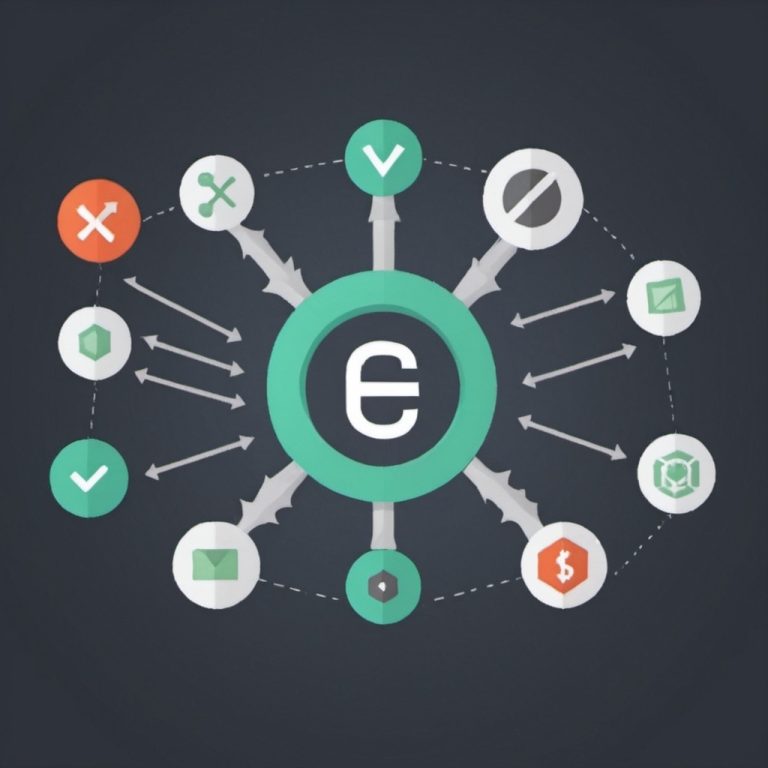Managing multiple clients as a Virtual Assistant (VA) can be challenging, but with the right strategies, tools, and organizational skills, it’s entirely possible to handle a variety of tasks while keeping everything running smoothly. Here’s how to effectively manage multiple clients:
1. Set Clear Expectations with Clients
- Clarify Roles and Responsibilities: From the beginning, ensure you understand what each client expects from you. Outline your specific duties, deadlines, communication preferences, and boundaries.
- Establish Boundaries: Define your working hours and make it clear to clients when you’re available. Setting boundaries helps avoid burnout and ensures you maintain a work-life balance.
- Use Contracts: Always have a contract or service agreement in place for each client. This should cover scope of work, payment terms, deadlines, and communication preferences.
2. Use Time Management Techniques
- Time Blocking: Dedicate specific hours of the day to each client or task. For example, allocate mornings to Client A’s tasks, afternoons to Client B’s, and so on. This will help you focus on one client at a time without feeling overwhelmed.
- Prioritize Tasks: Evaluate tasks based on urgency and importance. You can use the Eisenhower Matrix (urgent vs. important) or tools like Trello to prioritize your tasks and stay on top of deadlines.
- Daily/Weekly Planning: Set aside time at the start of each day or week to plan out your workload. Review tasks for each client and estimate how long each task will take. This will help you avoid over-committing and ensure you allocate enough time for each project.
3. Leverage Project Management Tools
- Task Management Tools: Use platforms like Trello, Asana, or Monday.com to keep track of tasks for each client. You can create boards or projects for each client and assign tasks, due dates, and priorities. This will keep all your tasks organized in one place.
- Shared Calendars: Use tools like Google Calendar or Outlook to track deadlines, meetings, and client appointments. Make sure to schedule reminders and use color-coded labels to easily differentiate between clients.
- Time Tracking: Tools like Harvest, Toggl, or Clockify are great for tracking the time you spend on each client’s tasks. This ensures you stay on track and can also help with billing if you’re charging hourly.
4. Create Standard Operating Procedures (SOPs)
- Document Processes: For repetitive tasks, create SOPs or templates. This could include email responses, social media posting schedules, or project management workflows. Having clear, documented processes helps you perform tasks quickly and consistently.
- Automate Tasks: Automate as much as possible using tools like Zapier (to connect apps and automate workflows) or Hootsuite (for social media scheduling). This reduces manual work and ensures efficiency.
5. Maintain Clear Communication
- Set Communication Expectations: Let clients know how often and through what means you will communicate (e.g., email, Slack, phone). Clear communication expectations will prevent misunderstandings and allow you to focus on the work at hand.
- Use Email Filters & Folders: Organize your inbox using filters or labels for each client, so you can easily find and respond to client communications without missing important messages.
- Regular Updates: Keep clients informed on the status of ongoing tasks. A weekly or bi-weekly check-in via email or a brief call can reassure clients that things are on track and help you build strong, long-term relationships.
6. Use a Centralized File Storage System
- Organize Files: Use cloud storage systems like Google Drive, Dropbox, or OneDrive to store and organize client files. Create a folder for each client and subfolders for different types of documents (e.g., invoices, contracts, projects, reports).
- Version Control: If you’re working on documents collaboratively, use tools like Google Docs to ensure all changes are tracked and easily accessible. This prevents version confusion and ensures smooth collaboration.
- Backup Your Work: Always back up your work regularly to prevent losing any critical data. Cloud storage typically provides this automatically, but it’s still a good habit to back up important files manually as well.
7. Delegate or Outsource When Necessary
- Delegate Tasks: If your workload becomes too overwhelming, consider hiring other freelancers or subcontractors to help with some tasks. For example, if you’re a general VA, you might hire a specialized VA for content writing, graphic design, or data entry tasks.
- Outsource Administrative Work: If possible, delegate your own administrative tasks, like accounting or client outreach, to free up more time for client work. Platforms like Upwork or Fiverr can help you find other freelancers who specialize in these areas.
8. Stay Organized and Document Everything
- Keep Client Details Organized: Use a client management system (CMS) like Dubsado or HoneyBook to track all client communications, contracts, invoices, and project milestones. This helps you stay organized and avoid forgetting important details.
- Track Deadlines: Regularly review your calendar and task management tools to ensure deadlines are met. You can use a color-coded system to highlight which client’s task has priority or needs more immediate attention.
9. Maintain Professional Boundaries
- Respect Work Hours: Even though you’re working with multiple clients, it’s important to set boundaries for when you’re available. Make sure clients understand when you’re available to answer emails, attend meetings, or do work, and stick to these boundaries to prevent burnout.
- Avoid Overcommitting: Be realistic about how much work you can handle. It’s better to say no or suggest a later deadline than to take on more work than you can complete to a high standard.
10. Regularly Assess Your Workload
- Review Your Schedule: At least once a month, review your workload and make adjustments. If you’re constantly juggling tasks, you might need to reassess how much work you’re taking on or whether it’s time to raise your rates.
- Evaluate Client Relationships: Periodically evaluate the clients you’re working with. If a client is high-maintenance or doesn’t align with your goals anymore, it might be time to part ways. Your time and energy are valuable, so it’s important to work with clients who appreciate your services.






